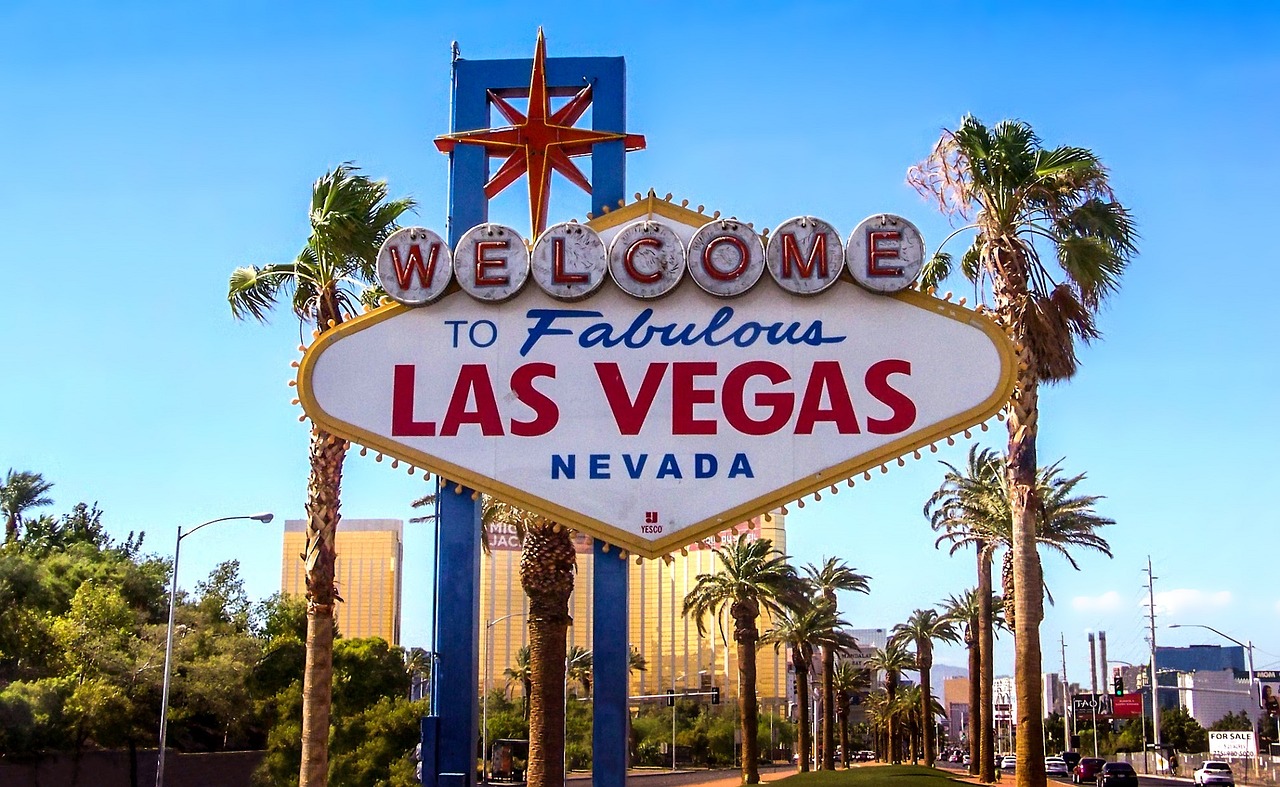Home Fire Sprinkler Advocates and Homebuilders Team Up to Secure Landmark Sprinkler Ordinance
How did they do it? That was my burning question when news broke in February that the Las Vegas City Council had unanimously approved a requirement to include fire sprinklers in all new homes under 5,000 ft2 built in the city.
I had heard through the grapevine that the proposal was supported by the local homebuilding association, which was hard to fathom – homebuilders and home fire sprinklers are typically synonymous with oil and water. The housing industry has gone to great, expensive lengths to fight these requirements; more than $500 million was reportedly in the last decade to thwart sprinkler laws around the country, according to a recent feature by ProPublica, an independent, nonprofit news agency.
Local homebuilding associations have irked many fire sprinkler advocates I’ve encountered. Homebuilders twist NFPA statistics to support their stance that “smoke alarms alone are adequate fire protection in new homes” in an effort to diminish the need for sprinklers. They claim, inaccurately, that fire sprinklers are expensive and unnecessary due to safer home environments. Worse yet, decision makers tend to believe the myths spun by homebuilders, and respond by creating anti-sprinkler laws.
So what was different about Las Vegas? For answers, I spoke with Robert Nolan, deputy chief and fire marshal for Las Vegas Fire and Rescue. When Nolan started at the department in 2015, his chief, William McDonald, expressed a desire for a home sprinkler ordinance in the city. McDonald came from Scottsdale, Arizona, a community held in high esteem by many safety advocates since it passed its own home sprinkler ordinance back in 1985. As it did for Scottsdale, sprinklering all of Las Vegas’ new homes could have a tremendous impact on the safety of the people who hoped to occupy those new homes. Realtor.com recently named Las Vegas as the hottest real estate market in the country, and Nolan anticipated the development of up to 1,700 new homes a year for the foreseeable future.
Nolan knew sprinklers would have to be part of a comprehensive approach to community risk reduction. “You won’t have broad-based support to pass a requirement in one segment of residential occupancies if you’re doing nothing in other segments,” he said. “It’s a very hollow argument.”
One higher-risk segment was apartment buildings. To address the problem in those occupancies, Nolan’s department developed a partnership with homebuilders to target neighborhoods and populations at high risk of fire injury or death. HomeAid Southern Nevada develops housing for the homeless and veterans and is the official outreach partner of the Southern Nevada Home Builders Association. Through a partnership with HomeAid, Nolan said his department conducted home inspections and smoke alarm installations in high-risk areas while HomeAid took further steps, including the installation of fire sprinklers, to improve the safety of some of the homes. The partnership opened the door for conversations on a residential sprinkler requirement, Nolan said.
Nevada law requires the commissioning of a cost-benefit analysis on sprinklers before passing an ordinance. Las Vegas Fire and Rescue commissioned a report in 2016 that was developed by the University of Nevada, Las Vegas to address installation costs, fire concerns in the new home environment, and the life-saving impact of fire sprinklers. The report concluded that “the Las Vegas City Council should immediately pass” a fire sprinkler ordinance. The study also determined that, due to the city’s appreciating home values, “fire sprinkler system [costs] would be amortized within the first 12-18 months of homeownership.”
The report, however, was just the first step. “At no point did we say [to the Southern Nevada Home Builders Association], ‘Hey, we’re going to steamroll you’ – that was never an option for us, and it shouldn’t be anyone’s tactic,” Nolan said. “We learned, through negotiations, what they wanted and what was important to them. And we were able to deliver on most of those.” Topping the homebuilders’ wish list was a commitment that a fire sprinkler requirement would not go beyond requirements found in NFPA 13D, Installation of Sprinkler Systems in One- and Two-Family Dwellings and Manufactured Homes, since sprinklering areas of the home not required in NFPA 13D can drive up installation costs. The fire service supported their wish.
Over nearly seven months of negotiations, the fire service also educated the homebuilding association on “trade ups,” financial incentives that are available to builders who install fire sprinklers in new homes. Using labor and material costs specific to Las Vegas, Nolan said the homebuilding association was able to monetize trade ups, including lower costs for street width reductions and for having to install fewer hydrants. Their findings were incorporated into an updated UNLV report released this year.
The collaboration worked. With sprinkler support coming from both sides, the Las Vegas City Council unanimously approved it. The trade ups were incorporated into a memorandum of understanding signed by Las Vegas’ city manager and the Southern Nevada Home Builders Association. Nolan said the city still needs to officially adopt its updated building and fire codes before the sprinkler requirement can take effect. Nolan described the Las Vegas process as “a model of collaboration, not coercion” – one similar to what occurred in California in 2010, when a statewide requirement for fire sprinklers was enacted following discussions with the state’s homebuilding industry. “If the fire service is willing to get to know the homebuilding association [and demonstrate] a genuine interest to find out what their concerns are – instead of starting out diametrically opposed – I think they could find success using Las Vegas as a model,” Nolan said.
 ABOUT THE AUTHOR: Fred Durso, Jr., is communications manager for NFPA’s Fire Sprinkler Initiative. Follow him on Twitter @FredDursoJr. Take action on home fire sprinklers by visiting FireSprinklerInitiative.org.
ABOUT THE AUTHOR: Fred Durso, Jr., is communications manager for NFPA’s Fire Sprinkler Initiative. Follow him on Twitter @FredDursoJr. Take action on home fire sprinklers by visiting FireSprinklerInitiative.org.
Reprinted with permission from NFPA Journal® (Vol. 112, #3) copyright © 2018, National Fire Protection Association, Quincy, MA. All rights reserved. NFPA Journal® is a registered trademark of the National
 Sprinkler Age A Publication of the American Fire Sprinkler Association
Sprinkler Age A Publication of the American Fire Sprinkler Association

